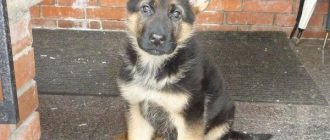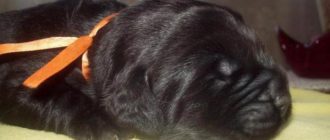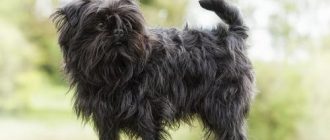The breed of dog in the film “Beethoven” is the St. Bernard. The dog played in one of the main roles in the film is a real thoroughbred St. Bernard, which captivates with its size and friendliness.
In the sequel, in the film “Beethoven 2” St. Bernard is already removed from their puppies. According to the producers, in the cast for the role of four More than 100 puppies (Tchaikovsky, Chubby, Dolly and Mo) St. Bernard puppies.
St. Bernards are distinguished by their size, these are large dogs, but in good and balanced at the same time. Their fur may have many colors, but in “Beethoven” starred a white dog with yellow-brown spots.
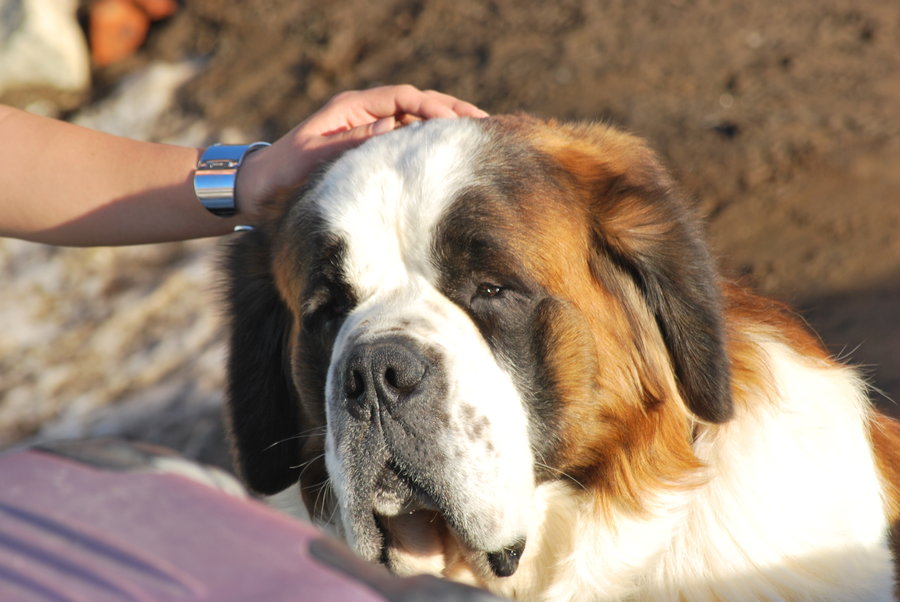
Parents should also know that comedy has subtle humor, but there is a farce. Inept, repeated humiliation of adults can annoy some parents. Do not be surprised if the children after watching a movie will begin to pester you with this dog.
Brief description of the breed St. Bernard
Contents
Delicate and stately, Saint Bernard is one of the most popular. giant rocks. Its powerful and muscular structure contrasts with wise and calm behavior. Saint Bernards are either long or short coat, yellow color with various shades, but always white spots are present.
physical characteristics
Being powerful enough and well muscled, St. Bernards have the qualities necessary to move around deep snow. This tall and very strong breed has impressive growth. Calm facial expression makes them look even smarter.
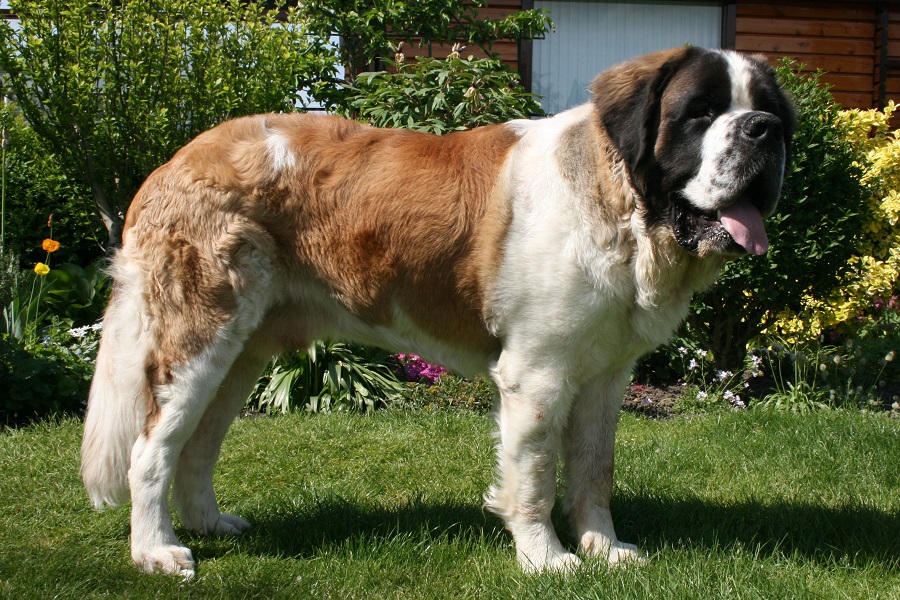
Character
Even though the St. Bernards are not very playful, they are very gentle and patient, because legends go about their patience! These dogs are some of the most popular family dogs and many believe that only with this breed can owners understand the true meaning of devotion.
Care
St. Bernards daily requirements include short runs and moderate walks. Better grow St. Bernard in the open in the air. Large puppies that are raised indoors are prone to to hip problems.
St. Bernards can’t stand the heat, in fact they like cold the weather, so they just need access to the yard or garden. Wool these dogs will require a weekly combing, and more often during molting. In addition, many St. Bernards have a tendency to let drooling.
Breed history
Having arisen from the Molossian Great Dane, St. Bernards turned into amazing dogs that started saving the lives of travelers in mountains between 1660 and 1670 They were originally used in as companions and guard dogs that also pulled carts. But then the monks found that these dogs are exceptional trackers in the snow. Saint Bernards tracked lost travelers, licked his face, lay next to him, to warm and help revitalize it. The dog serves this purpose already more than 300 years and saved at least 200 lives.
The most famous St. Bernard dog, Barry, saved about 40 people. Before Barry died, these dogs were called “rescue dogs.” But after the death of the famous animal they began to be called barrihund.
At the beginning of the 19th century, many dogs died due to illnesses, severe weather and inbreeding. In 1830, some of the remaining St. Bernards were crossed with the Newfoundlands, creating the very breed with long hair. It turned out that such a coat can protect the dog in a very cold climate, but she also became obstacle to movement in the snow. So St. Bernards with long hair was not used for rescue purposes.
The St. Bernards were brought into England in the 1850s, and for the first time referred to as “sacred dogs.” By 1865, the breed usually referred to as St. Bernard, and was registered in American dog breeding club in 1885. Currently saint bernards extremely popular in the USA and are among the most popular giant dog breeds around the world.


